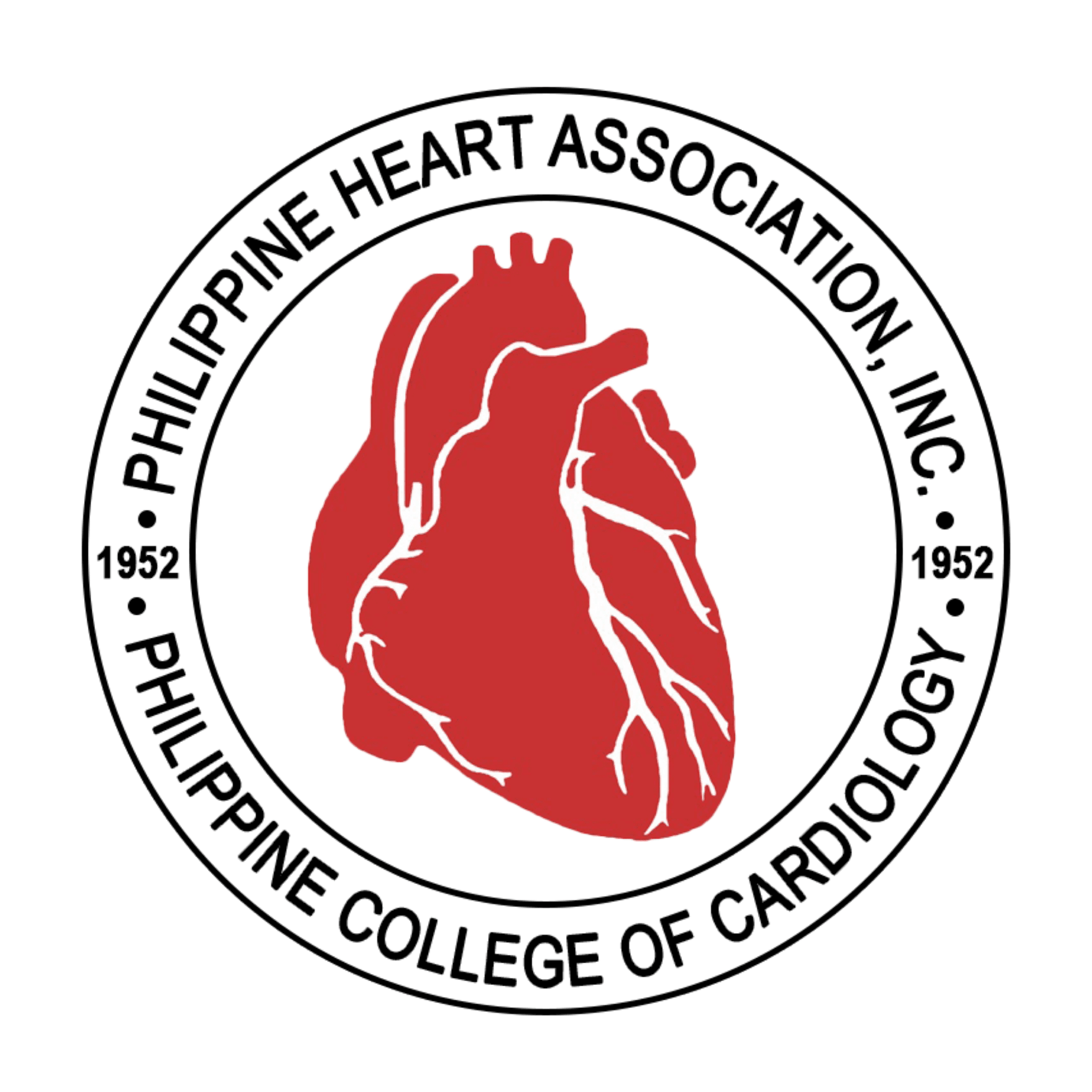CEBU CITY – Apart from adequate school supplies, uniform, bag, foot wear, and protective gear, a healthy “baon” for school children is also a must, the Philippine Heart Association (PHA) reminded.

In an episode of the PHA Usapang Puso sa Puso with the theme Puso, Pasukan, Tag-Ulan, on Wednesday, September 11, the PHA exhorted schools and parents to anchor their snacks or baon preparation for children on Pinggang Pinoy which follows well-balanced diet and the PHA’s Heart Health Chart and 52100 healthy lifestyle code.
Pinggang Pinoy is based on the guidelines and recommendations of the Department of Science and Technology (DOST)-Food and Nutrition Research Institute (FNRI).
Dr. Ceres Paulino Canto, a pediatric cardiologist, said that children should be prohibited from consuming junk food, processed food, and sweetened beverages.
“Kailangan din natin in general na i-emphasize iyong role ng school in the proper nutrition of students. Insert ko na riyan iyong pagpasok sa school ay kailangang healthy iyong available food for kids, it’s not only kids with congenital heart disease (CHD) but all kids in general,” Canto said.
Canto said the DOST-FNRI Pinggang Pinoy, which is a very simple visual aid to show the right proportion of the dish, explains that fruits and vegetables that belong to the Glow food category should consume the half of the plate, while the other half should be allotted to both the Go and Grow foods category.
Home-cooked and prepared snacks or lunch are painstakingly prepared but they’re worth it, Canto said.
Canto said that food intake of children with CHD is not significantly different from those without the condition except for a few minor adjustments.
”In general, iyong healthy food for kids with CHD is the same for kids na walang sakit sa puso, may mga kaunting adjustments, sometimes these kids, kailangang mas small and frequent feeding, otherwise, sometimes hindi nila kayang i-digest agad or hinihingal sila kapag malalaki iyong meal at one time, and No. 2, some children, depending on the assessment of their pediatric cardiologist, they may require more nutrients and energy din na oral supplementation but otherwise same lang din as kids na walang sakit sa puso – kailangan balanced and healthy diet,” Canto said.
Canto urged parents and members of the family to “lead by example” to enable them to educate their children on proper nutrition.
PHA Director and Advocacy Committee chairman Dr. Avenilo Aventura, the UPP episode’s host, added that the involvement of home, clinic, and school in nurturing the child’s health is crucial. Aventura assumed his post as executive director of the Philippine Heart Center last June.
“Healthy lifestyle begins at home. In the same manner, schools play a crucial role in enhancing the knowledge and practice of children concerning healthy lifestyle. It really takes a village to create healthy food milieus and raise healthy children,” Aventura said.
For children aged three- to five-years-old, the PHA Heart Health Chart suggests two to three cups of vegetables and fruits a day while sleep time should be between 10 to 13 hours, with a screen time of one hour for quality programs.
For children aged six- to 12-years-old, three to four cups of vegetables and fruits should be eaten while sleep time should be at least nine to 12 hours with a screen time for leisure in two hours, said PHA. A one-hour moderate to vigorous exercise per day should also be done.
For adolescents, four to five cups of vegetables and fruits should be eaten, and smoking, as well as alcohol, are prohibited.
According to the PHA, adolescents must get eight to 10 hours of sleep with a two-hour leisure time, and one-hour moderate to vigorous exercise a day.